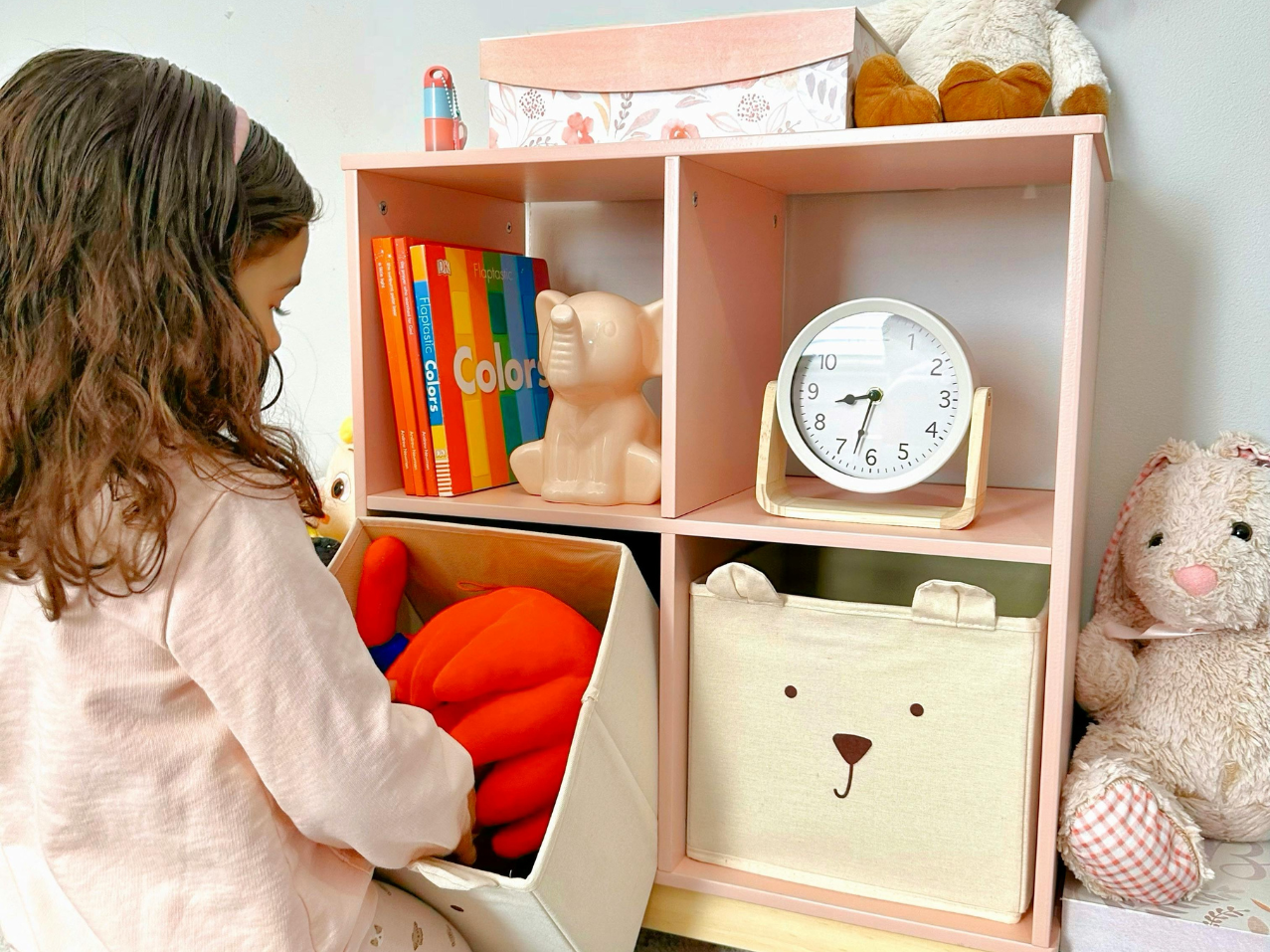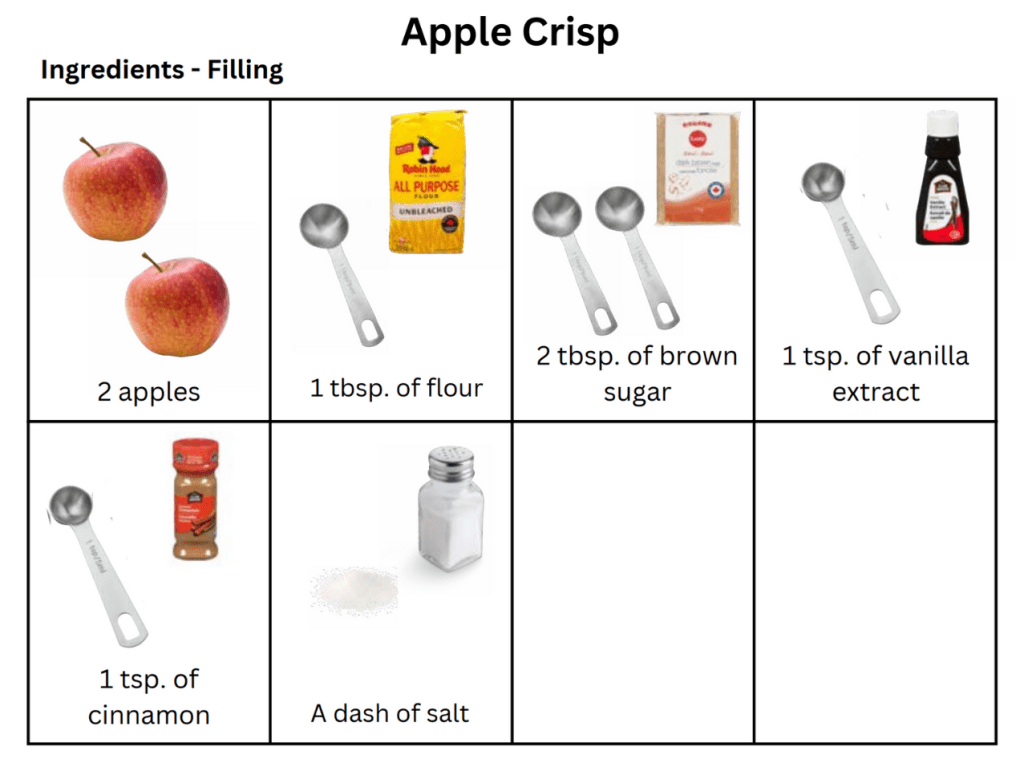Menu
-
-
Shop Holiday Items
-
Shop Gifts By Age
- Gifts For a 0-6 Month Old
- Gifts For A 6-12 Month Old
- Gifts For A One Year Old
- Gifts For A Two Year Old
- Gifts For A Three Year Old
- Gifts For A Four Year Old
- Gifts For A Five Year Old
- Gifts For A Six Year Old
- Gifts For A Seven Year Old
- Gifts For An Eight Year Old
- Gifts For A Nine Year Old
- Gifts For A Ten Year Old
-
Shop Gifts By Budget
- New Arrivals
-
Toys
- Large Active Toys
- Animal Toys
- Arts & Crafts
- Award-Winning Toys
- Bath Toys
- Birthday Wishlists
- Building Toys
- Cars, Trains, & Trucks
- Games
- Instruments
- Loose Parts Play
- Loot Bag Toys
- Made in Canada
- Outdoor Toys
- Pretend Play
- Puzzles
- Sensory And Fidget Toys
- Sensory Bin Tools & Fillers
- STEM Toys & Activities
- Toronto-Themed Gifts
- Travel Toys
- Wooden Toys
- Waiting Room Toys & Furniture
-
Montessori Materials
- Montessori At-Home Program
-
Montessori Furniture
-
Bundles & Sales
-
Books
-
Shop By Age
-
Shop By Brand
- Brands A-F
- Brands G-L
-
Brands M-R
- MagicPlaybook
- Magna Tiles
- Make Believe Ideas
- Makedo
- Manhattan Toys
- Math for Love
- Milaniwood
- MindWare
- Mojo Toys
- Moluk
- Moulin Roty
- Native Northwest
- nic
- Nienhuis
- Ooly
- Opinel
- Ostheimer
- Papoose
- Peaceable Kingdom
- Plan Toys
- Plus-Plus
- Preschool Collection Watches and Timers
- Ravensburger Puzzles
- Real Life Pages
- Brands S-Z
-
- 866-901-4696
- Gift Registry
- Login


The Montessori Approach To Santa
3 min read
The Montessori approach to Santa is not 'one size fits all' - for all families or schools.
While Montessori typically doesn't encourage or teach fantasy in the first plane of development (from birth to age 6)... it's more complicated when it comes to Santa.
Mainly because he's everywhere.
Even if you do want to limit your child's exposure to popular fantasy elements, like talking trucks or singing mice, it's not quite so easy to completely avoid Santa.
But why limit fantasy elements at all for this age group?
The Montessori Approach to Fantasy
Dr. Montessori found that from birth to approximately age six, children are CONCRETE thinkers, meaning they’re focused on the physical world - what they can see, feel, hear, and touch.
Before ages ~5-6, they have trouble understanding fantasy and the idea that some things "aren't real" or are "just pretend".
This is a time where they're trying to figure out the complex world they live in and their place in it. The addition of fantasy can make things even more confusing.
And while imagination and imaginative play are allowed in the classroom, it's mainly child-led.
For example, a block can be a car or a muffin tin and pom poms can be cupcakes, there's just no addition of fantasy elements like fairies, magic wands, or superheros OR adult-created fantasy (i.e. Mickey Mouse).
Not only does this help the child to make sense of the world around them but it helps them to develop their own imagination.
The Montessori Approach to Santa
Santa's a little bit more complicated because, unlike Paw Patrol, you can't really avoid Santa if you live in North America. He's deeply ingrained in our culture.
This is why there's isn't really a 'one size fits all' approach.
We're all going to have different views and feelings about the importance of Santa based on our upbringing, cultural backgrounds, etc
What's important is that we each find the right approach for our own family, while respecting the choices other families make.
If your child is still very young and you're not exactly sure how you want to approach Santa here's a three points to consider:
1. Start Preparing For Questions Now
Even if your child isn't talking yet, it's a good time to begin discussions with your parenting partner about how you want to approach Santa in your family.
Talk about:
- what traditions are important to you
- how you'll deal with more detailed questions as your child gets older
- how you'll deal with outside influences (school, peers, tv, etc)
A toddler and preschooler are only in the information gathering stage. They will likely only have simple questions like, "what's a reindeer?"
However, as your child gets older, they'll begin to put the pieces together and have more complex questions, like "how does Santa deliver all the presents in one night?"
Consider how you'll want to answer these questions and how you'll deal with the eventual question about whether or not he's real.
2. Avoid Using Santa (or Elf on the Shelf) to Control Behaviour
The Montessori approach works to develop a child's intrinsic motivation (when the motivation comes from within) and self-satisfaction from a job well done.
You can read more about that here.
This is done rather than using rewards and punishments to control behaviour.
Santa can exist as a fun holiday tradition without using him as a threat to encourage good behaviour, especially in young children, where "bad behaviour" is often an expression of difficult emotions.
3. Consider What's Really Important to You
There is no single right way.
Our family has Santa "deliver" one gift, while all other gifts come from my husband and I.
We also don't do anything to build on the myth of Santa - i.e. no Elf on the Shelf, reindeer poop on the lawn, letters from Santa, etc.
But Santa is still apart of our holidays, he's just not the focus.
Other families love Christmas and all the traditions around Santa. That's wonderful for them!
Hopefully your takeaway from this post is simply that it's good to talk these topics through with your parenting partner.
This allows us to make intentional and thoughtful choices for our families, rather than just doing things because "that's the way they've always been done".
Join Our Montessori Community
Sign up to get weekly activities, free printables, Montessori parenting guidance, and so much more.
Plus, get $10 off your first order of $100+.
Like this article? Get new articles, weekly activities, free printables, Montessori parenting guidance, and so much more.
One mom recently shared:
"Your newsletter is always SO great. It is one of the few I open and read weekly. You provide so much value. Thank you!"


